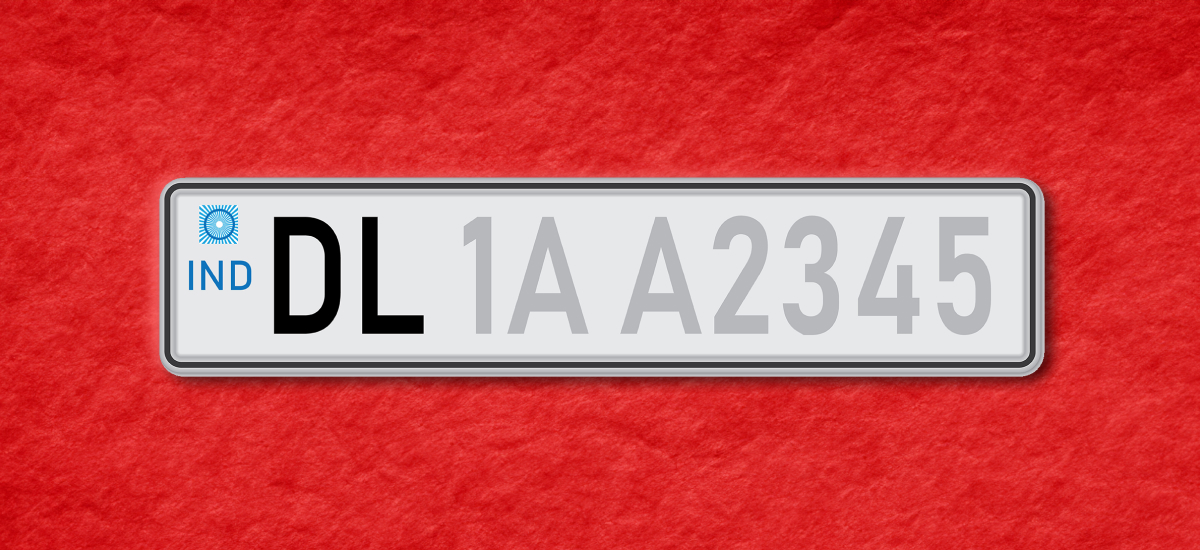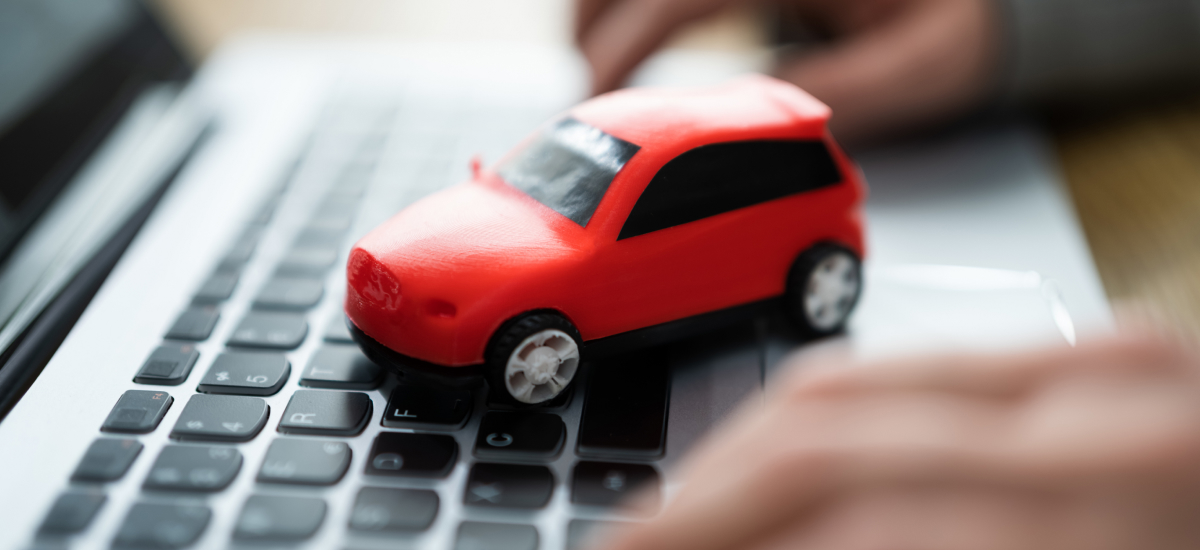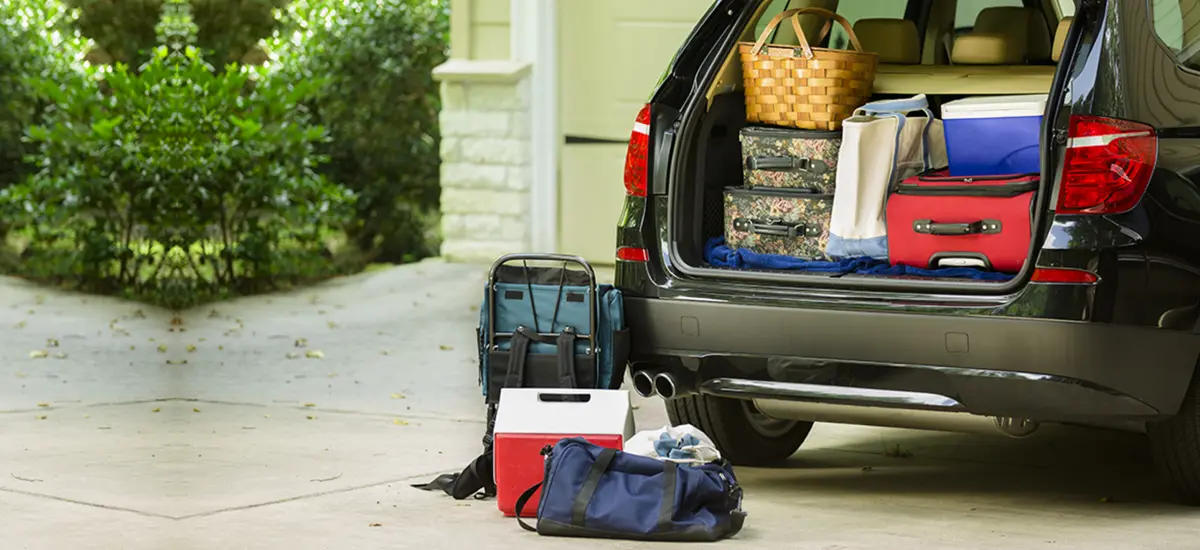When considering buying a car, many factors come into play – engine power, fuel efficiency, safety features, looks, and, of course, car insurance policy. However, one overlooked aspect is the boot space in the car. This simple storage area can impact your driving experience, and understanding its importance can help you choose the perfect vehicle for your needs.
So, let's answer the question of 'what is boot space' and explore its importance.
Boot space in cars is the designated area for storing luggage and cargo, accessed through the back of the vehicle. Measurement methods like VDA and SAE help understand its volume and usability. It's important for travel, shopping, family needs, and moving items. Factors to consider include surface type, tailgate angle, lighting, folding seats, and access height when comparing cars.
Cars are built to transport not only people but also cargo. Therefore, car designs have always incorporated a dedicated area for luggage. This space is the boot or trunk space. You can access it through a hinged or liftgate door.
Boot Space Measurement Methods
You might come across different measurement methods to compare cars by boot space. Here's a breakdown of the three main methods to understand the volume of boot space in the car:
1. Vehicle Design Area (VDA)
This widely used method considers the overall volume and shape of the boot space. It provides a comprehensive idea of how much cargo you can fit in the boot.
2. Society of Automotive Engineers (SAE)
This newer method provides a realistic picture of usable boot space. It considers practical considerations, such as the space occupied by the spare tyre and the height of the boot opening.
3. Maximum Load Volume
This simple method represents the maximum amount of space available for cargo, regardless of its shape or other factors. It tells you the raw capacity of the boot space.
Understanding these methods lets you make informed decisions when comparing cars by boot space.
Now that you know the meaning of boot space, here are some reasons why boot space in the car is an important feature to consider:
1. Travel
Whether heading out for a weekend getaway or a long-awaited holiday, you need ample space to pack luggage, camping gear, or sports equipment. A spacious boot space lets you comfortably take everything you need for your trip.
2. Grocery Shopping
A bigger boot space makes grocery shopping a breeze. You can purchase groceries without any concerns about fitting them in the car alongside your passengers.
3. Family Needs
For families, the boot space becomes a storage haven for strollers, school bags, and other essentials. It helps maintain a comfortable and clutter-free interior for everyone.
4. Moving and Transport
Occasionally, you might need to move small or even big items. A roomy boot space can save you the trouble and cost of renting a larger vehicle.
Here are some additional factors to keep in mind when comparing cars by boot space:
1. Surfaces
What items do you carry in your boot space? If you transport delicate objects, look for a car with rubber or carpeted flooring that has cushioned edges for better protection or a sturdier surface for carrying heavy or sharp objects. As you explore car specs, navigating through car insurance online ensures comprehensive coverage for your vehicle and peace of mind on the road.
2. Tailgate
Consider the angle at which the tailgate closes, especially for hatchbacks. It impacts the size of objects you can fit in the boot space. Power tailgates offer hands-free access to the boot space.
3. Lighting
Adequate lighting inside the boot space is essential for loading and unloading, especially at night. Look for cars with lights on the sides or ceiling of the boot space for better visibility.
4. Folding Seats
Many cars, SUVs, and minivans offer folding rear seats that create a flat surface for cargo. It can be helpful when loading and unloading large items.
5. Access to the Boot Space
It refers to the height of the loading floor. A high-loading floor can make it hard to put in heavy items, which may cause them to slip and damage the boot space.
Understanding the meaning of boot space and its importance can significantly impact your car-buying decision and overall driving experience. While finding the best car for boot space isn't difficult, you can consider the surface type, tailgate angle, lighting, folding seats, and access height, as well as measurement methods like VDA, SAE and Maximum Load Volume.
With the ease of car insurance online, you can focus on finding the perfect car with the space you need. Once you have chosen your car, you can get a car insurance policy from Future Generali. It will provide you with coverage for medical expenses, repairs, and third-party liability.

Do affordable car and motor insurance remind you of inadequate coverage, high insurance deductibles, and a lack of add-ons? If yes, your concerns are not unfounded. However,...
Read More
Driving is a part of life for many people in India. But with driving also comes the responsibility of following traffic rules. If you break a traffic...
Read More
The car you buy is an extension of your personality. If you are outgoing, extroverted and filled with a desire to announce yourself wherever you go, you...
Read More
While the RTO issues specific registration numbers for cars and bikes, fancy numbers are also available. The RTO conducts online auctions, and such numbers are sold to...
Read More
A few years back, if you went to buy a car, you mostly used to get two fuel options, petrol and diesel. However, electric cars soon came...
Read More
Whether it's your first car or second, a vehicle is an investment that is fueled by utilitarian needs (easy transportation) and passion (aka car lovers). Depending on...
Read More
Often overshadowed by comprehensive policies, standalone OD insurance offers tailored protection solely for your vehicle. Discover why a standalone own damage policy might be the perfect fit...
Read More
Your car is linked to some of the most special moments in your life. You can make more memories with the help of car insurance. Every person’s...
Read More
So, are you eager to hit the road and explore the world of driving in India? It is undoubtedly an excellent choice, but you must get a...
Read More
To get the perfect insurance for your vehicle, comparing car insurance online beforehand is paramount. However, navigating the world of quotes and coverage options can feel overwhelming....
Read More
Transferring vehicle ownership in India can seem daunting. Whether you're selling your car or motorcycle or inheriting a vehicle, understanding the steps to transfer ownership is crucial....
Read More
When considering buying a car, many factors come into play – engine power, fuel efficiency, safety features, looks, and, of course, car insurance policy. However, one overlooked...
Read More
A car accident is a horrible experience that can leave you feeling really shaken. In the immediate aftermath, it’s natural to feel shocked and find it hard...
Read More
We list the important components that a good car insurance policy covers. Buying a car, whether for private or commercial use, is simple enough since there are...
Read More
Since childhood, we have certain dreams and we wish for them to come true as we grow up. One of the most common dreams which we probably...
Read More
In a time when alternatives to fossil fuels are imperative to reigning in environmental damage, electric vehicles can play a major role in a greener, cleaner future....
Read More
Many people believe that car insurance is only required for bad drivers. But did you know that your insurance company gives you dsscount for safe driving and...
Read More
Buying a suitable car insurance plan with relevant features and benefits can be a tricky job – but Future Generali has you covered with a car insurance...
Read More
In today’s highly mobile and digital era, buying a car is no more a daunting task. However, it comes with lots of responsibilities like safe driving and...
Read More